Old unmarked graves, an overgrown and abandoned military fort, a well known history of government operations during WWII and a creepy lighthouse shrouded in dense dark brush: These are some of the things found at Long Island, Boston Harbor’s forbidden island which is closed to the public.
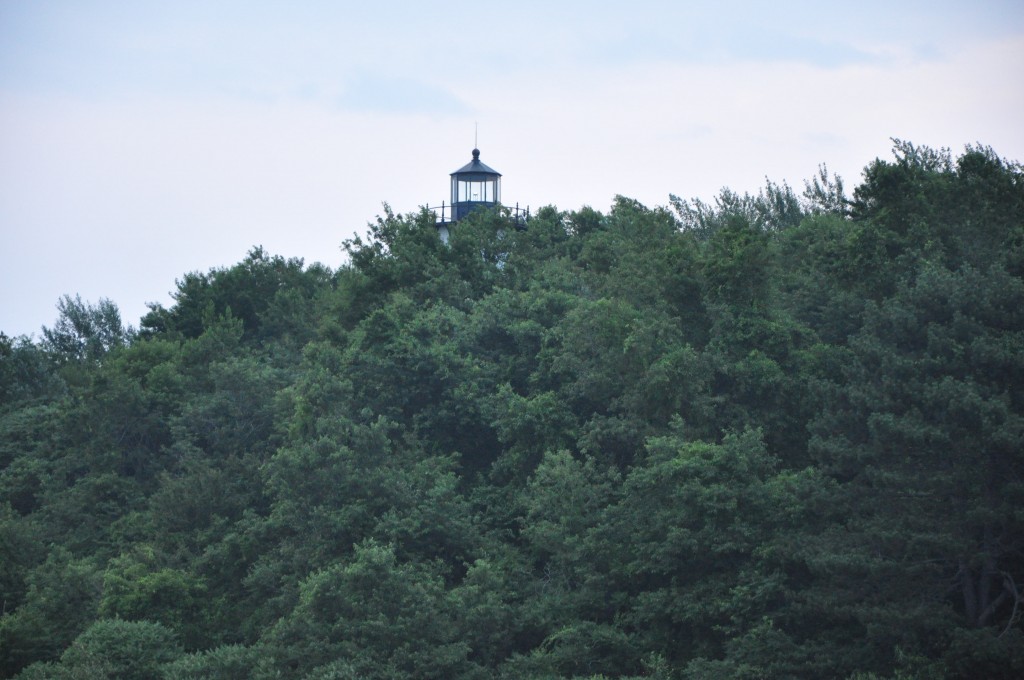
Long Island: Not only is there no public transportation here, the island is off limits to all visitors for reasons discussed below. I was lucky enough to have the opportunity to visit the island recently with FBHI, and see some of its oddities, which include long abandoned military structures, an old lighthouse dating to 1819 and some of the other strange parts of Boston history. Upon arriving, one sees the secluded lighthouse sitting alone atop of the island’s densely wooded northern dune (seen above) and ample signage warning boaters and explorers to turn away, like the one below:

Long Island is the largest island in Boston Harbor in area. It is almost twenty percent larger than Peddocks Island, the second largest island in area, although Peddocks has more shoreline due to its protruding heads. Long Island has a variety of buildings that have been used for a variety of purposes over the years, including a hospital and addiction recovery center. The island also contains thousands of graves, many unmarked, which are thought to be those of Native Americans as well as unknown Civil War soldiers and quarantined patients who died of their illnesses. These are part of the reason for the island’s lack of public access, although it gets even stranger….
Long Island has quite the military history, much of which is less well known: At the top of the North head of the island lies the ruins of the Fort Strong, of which I included several photos below. Additionally, the middle part of the island was one used as a NIKE missile sight in the Cold War, similar to some other places around Boston Harbor, such as Webb Memorial Park on Weymouth Neck. However, the strangest publicly known story about long island is that of Operation Paperclip, (documented by WBUR in 2010) whereby top Nazi Rocket scientists were smuggled here by the US government at the end of WWII to work for the US military and space program. Allegedly, they were initially smuggled to Long Island via Nix’s Mate.
Below is the lookout tower at the far east end of Long Island, overlooking Quincy Bay and Rainsford Island:
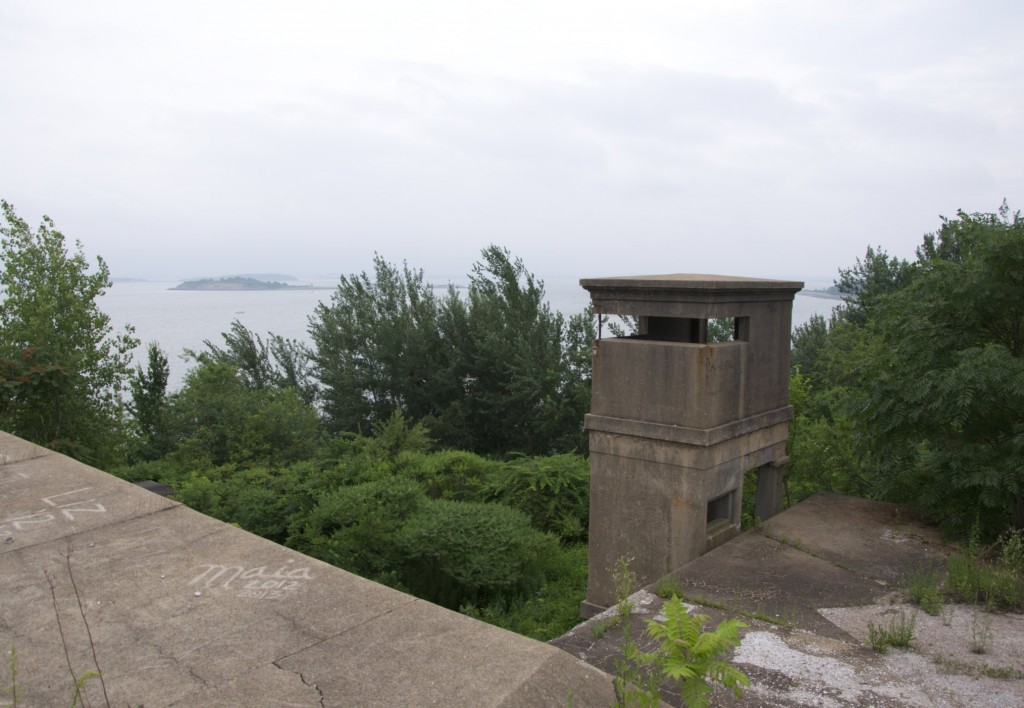
Long Island Light: At the top of the island’s North Head is Long Island Light, a large traditional looking lighthouse, which is probably Boston Harbor’s least well known. Today it is shrouded in deep vegetation, but becomes more visible without leaves in the winter months. Situated at the top of a high cliff, the light may even be visible in the distance from downtown Boston on a very clear day. The cliff on which the lighthouse sits perched atop is very steep: legend has it that when a lighthouse keeper once passed away during winter months many years ago, his coffin was dropped by pallbearers slipping on the ice, and subsequently slid all the way down the hill to the dock.
A view of Long Island Light up close:
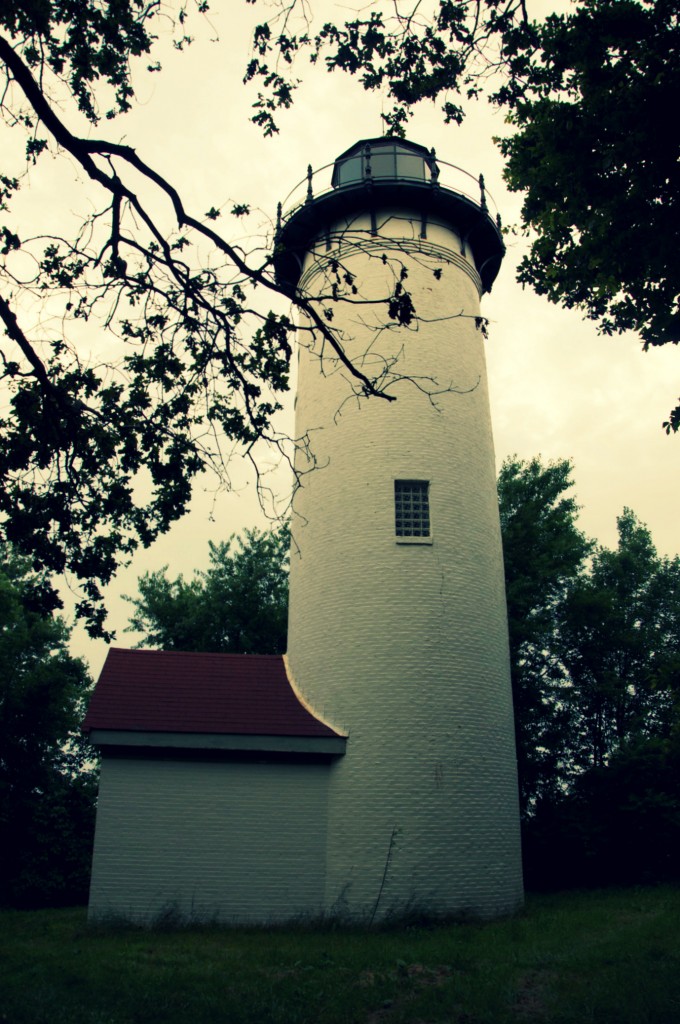
The inscription “1819” remains on the steps of the lighthouse today, which is the date when the first lighthouse was built. The current structure, the third such lighthouse to sit in this spot, was built much later, in 1901. Its stairs are old and rusted out, and therefore not recommended for climbing.
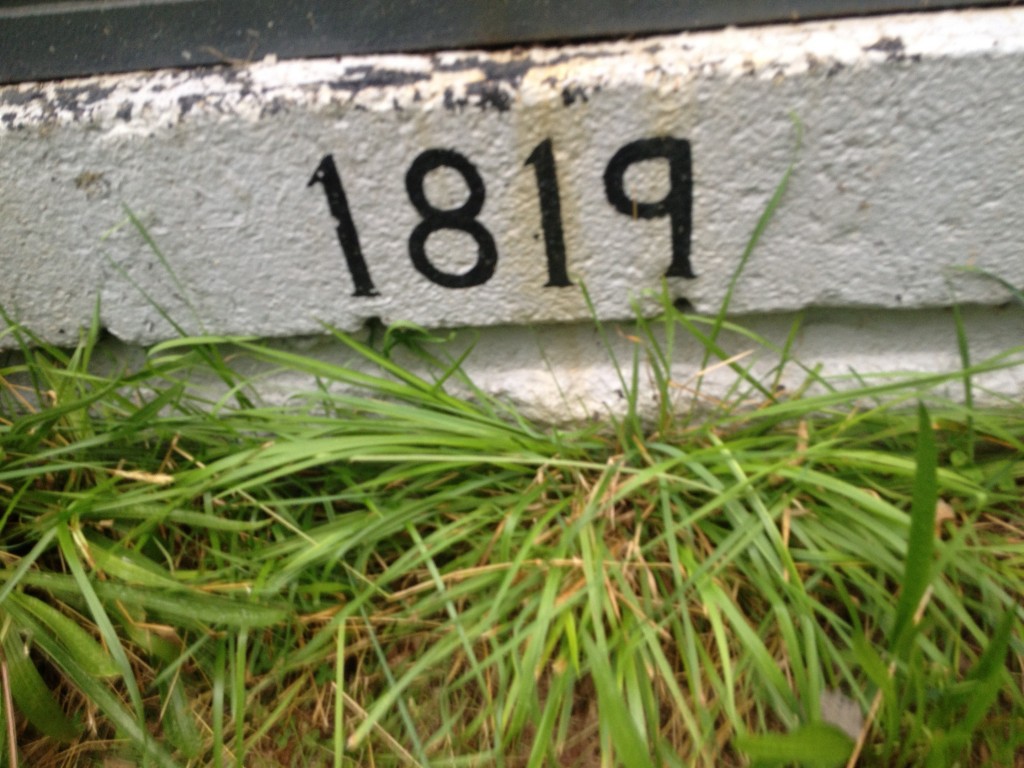
Fort Strong: Built in 1899 and abandoned in 1961, Fort Strong is one of the more secluded and run down of the harbor island forts. Its walls of concrete, covered in efflorescence and crumbling in some places, are partially obscured by vines, weeds and even trees: overgrowth resulting from decades of abandonment. As one walks carefully along these walls, swallows leap from their nests below in alarm, not accustom to seeing human visitors.
Pictured below is one of the fort’s five batteries, each of which once held a larger eastern facing gun. Visitors should generally avoid this area as the concrete may no longer have structural integrity:
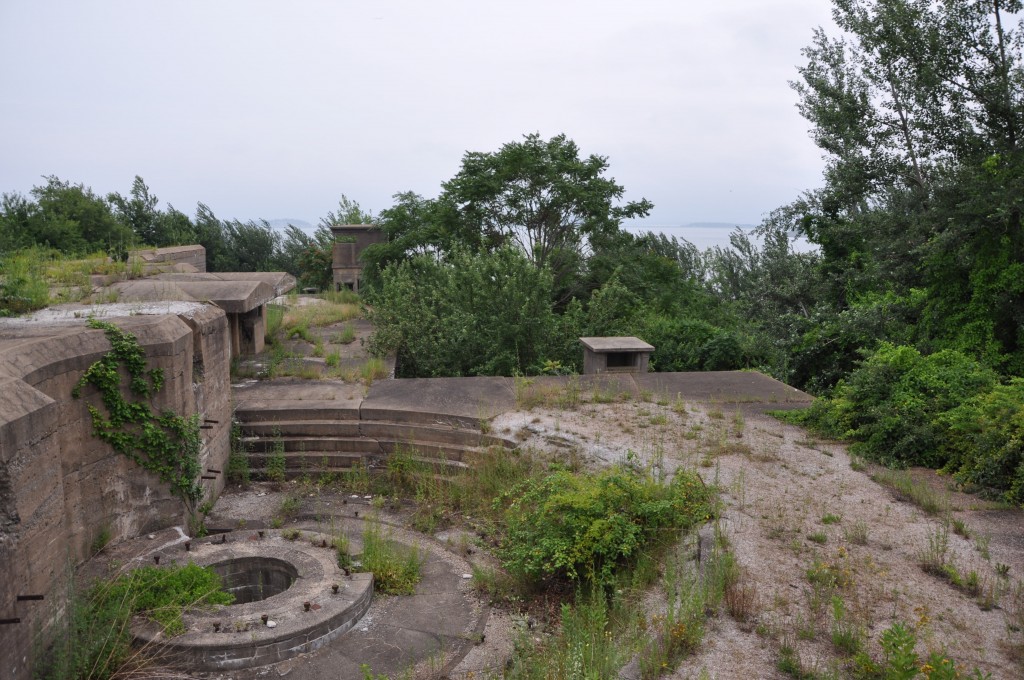
View of the Fort Strong’s depth extending well below the batteries:
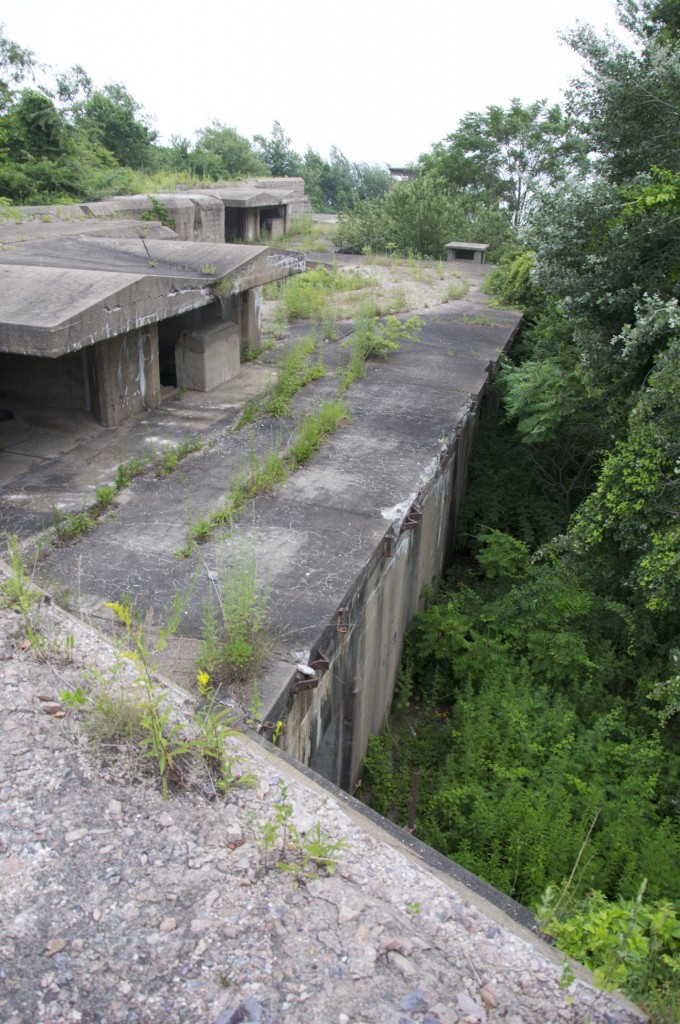
Storage bunkers below Fort Strong:
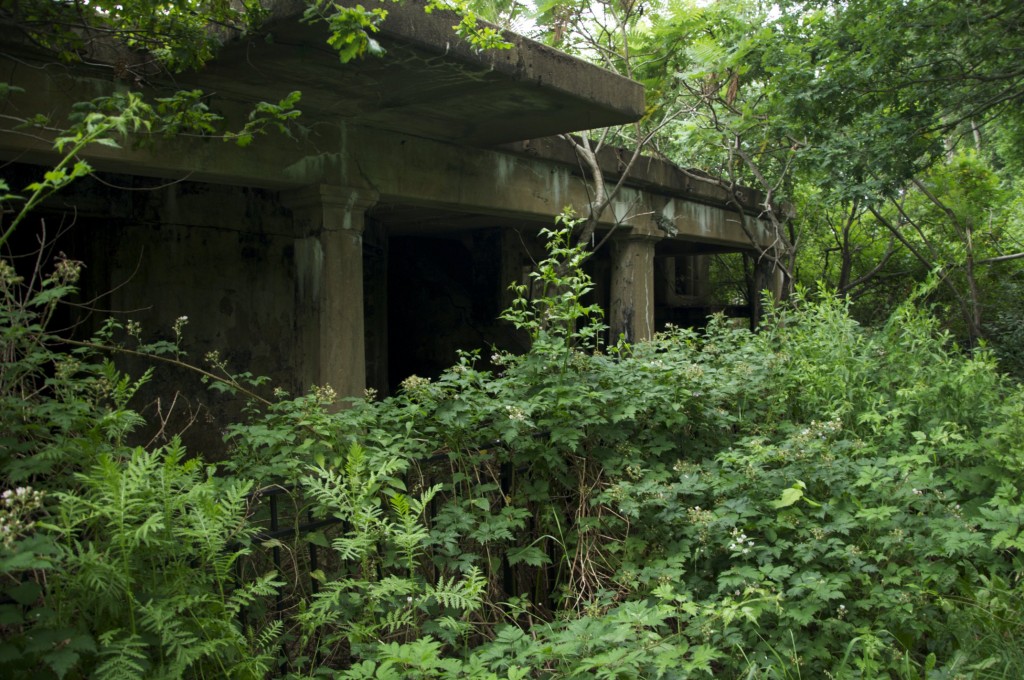
An old wall near the fort, overgrown and showing the signs of decades of abandonment:
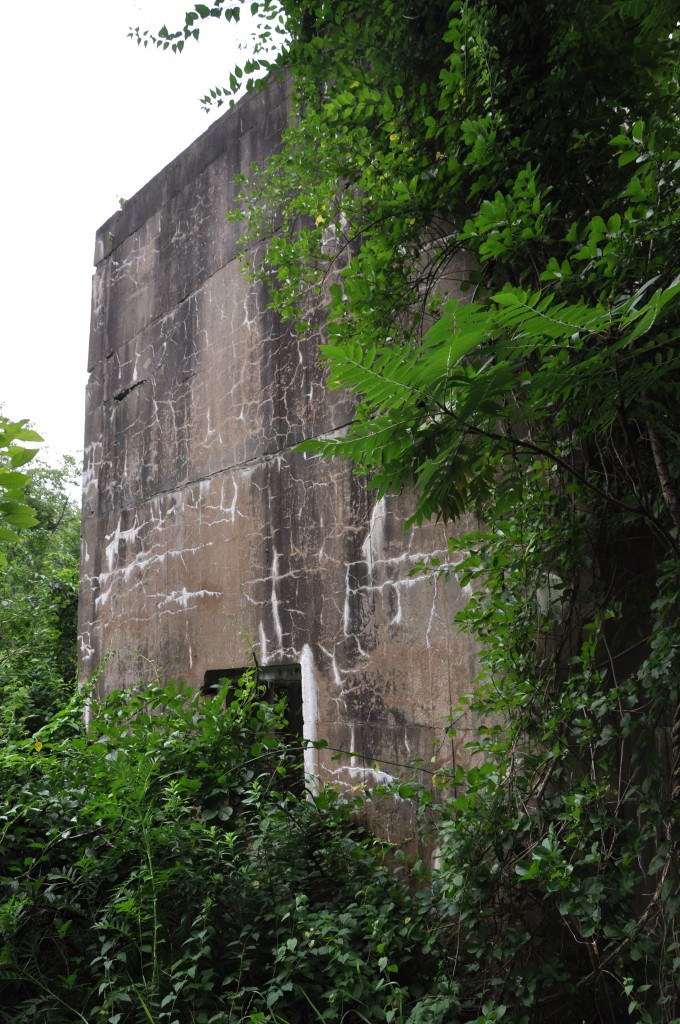
The name “Kennedy” is painted in large letters across the roof of Fort Strong. The history behind this is unknown to me, but it is visible from the top of the fort and is also prominently visible when viewed on google maps. Check it out!
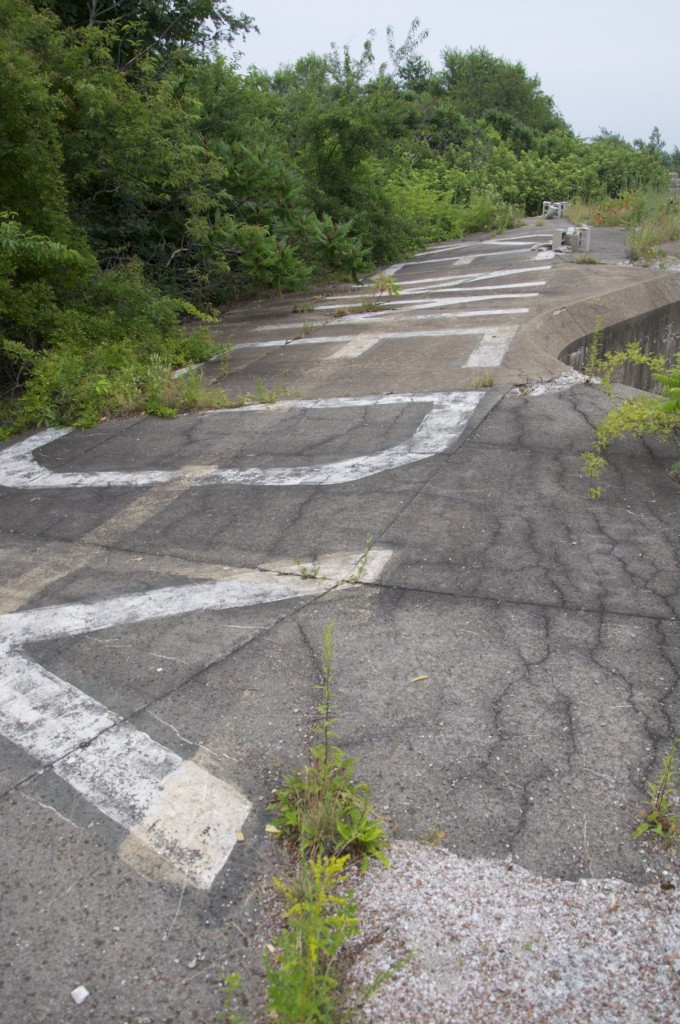
Nix’s Mate and Lovell’s Island from the Northeast shore of Long Island looking East:
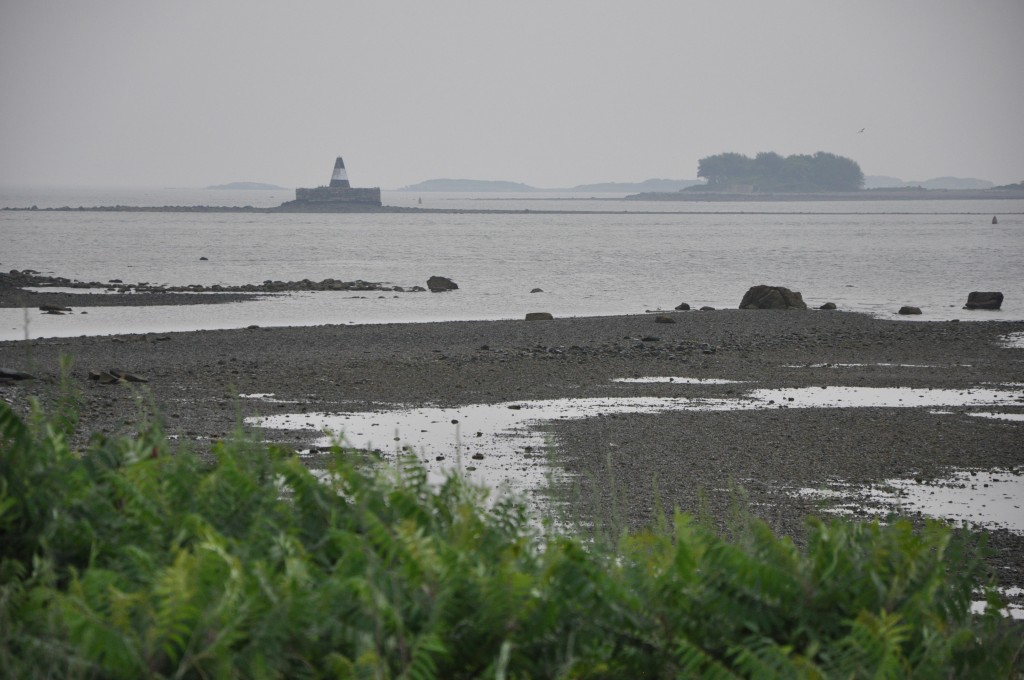
Long Island from shore: You probably can’t visit Long Island yourself, but you can see some of its structures rather well from offshore. These include Long Island Light, which is particularly visible in winter months when the leaves are gone from the trees, the large dunes and water tower, and Fort Strong’s lookout tower (visible in the photo below).
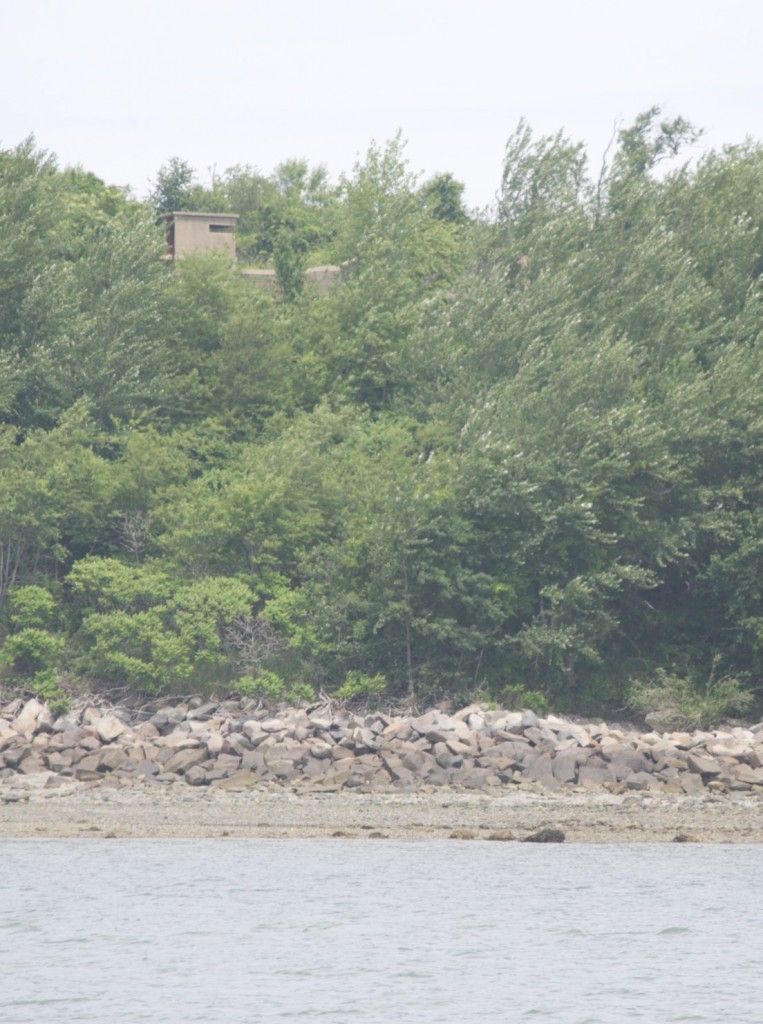
The large dunes on the East side of the island, next to one of the abandoned buildings. With an elevation of nearly 100 feet, Long Island’s drumlins are some of the highest on the harbor, a fact that may be overlooked as large dunes are more often associated with Great Brewster and Peddocks Islands. This location is near the old coal wharf on the Eastern side of the island, which no longer exists, but is still visible on nautical charts, and can be seen in the distance in old photo of Fort Strong.
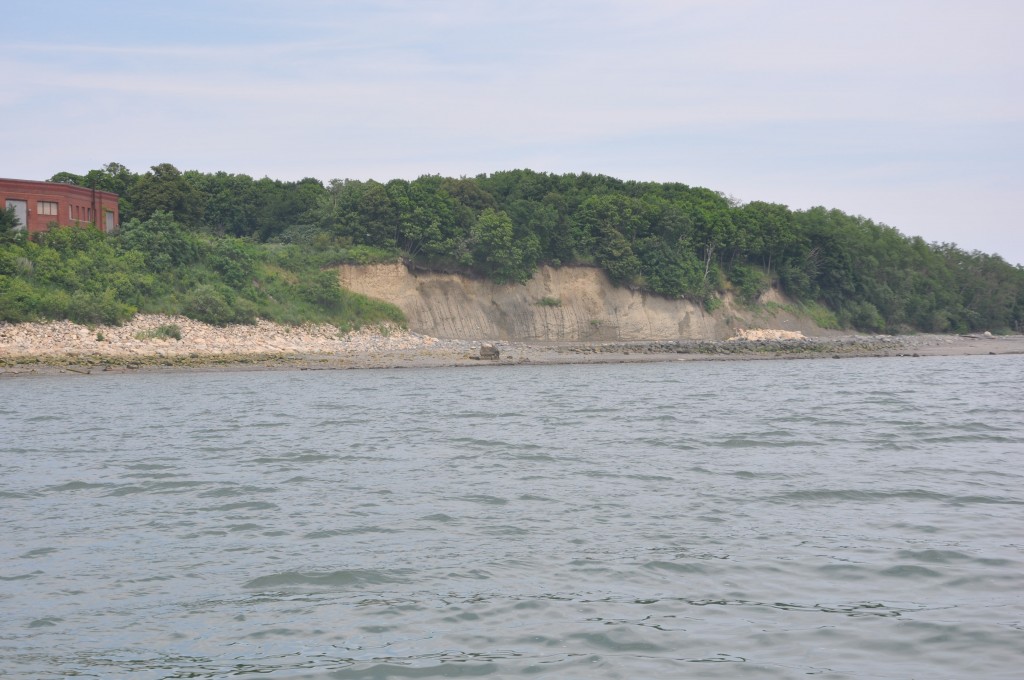
You may ask how I was able to take these pictures: I was lucky enough to be able to attend an event with the Friends of the Boston Harbor Islands, who obtained a permit to visit the island. You may be able to sign up to go with them on a future event, but don’t attempt to visit yourself. Here are some links where you can visit Friends of Boston Harbor Islands, and view our previous post about Long Island Light.